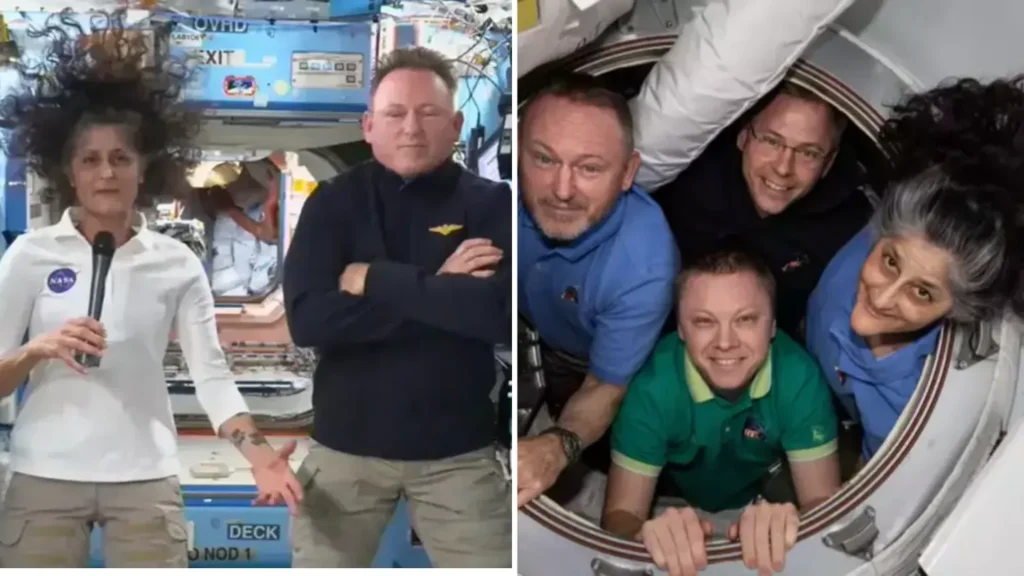NASA astronauts Barry “Butch” Wilmore and Sunita “Suni” Williams are set to return to Earth after spending over nine months in space.
The mission which was expected to be shorter faced expanded duration because Boeing’s Starliner capsule experienced technical problems.
Space flight endurance leads to distinctive physiological hardships which must be overcome because of the much awaited return to Earth.
The human body transforms dramatically while exposed to microgravity for an extended period and this leads to major difficulties when returning home to Earth.
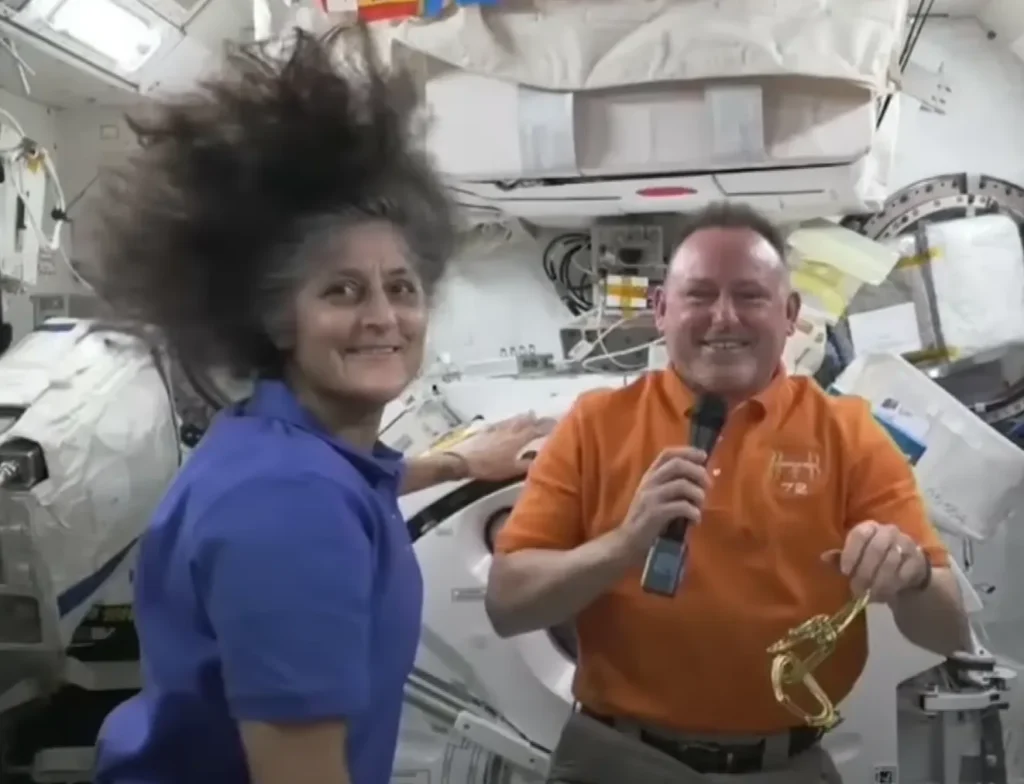
Astronauts need to deal with significant muscle deterioration as their main challenge.
The human body weakens its muscles when exposed to microgravity because weight support is unnecessary which affects both legs and back muscles most strongly.
Participating astronauts can lose as much as 20% of their muscle tissue despite continuing daily exercise routines.
Standing and walking become initial challenging tasks for astronauts when returning to Earth.
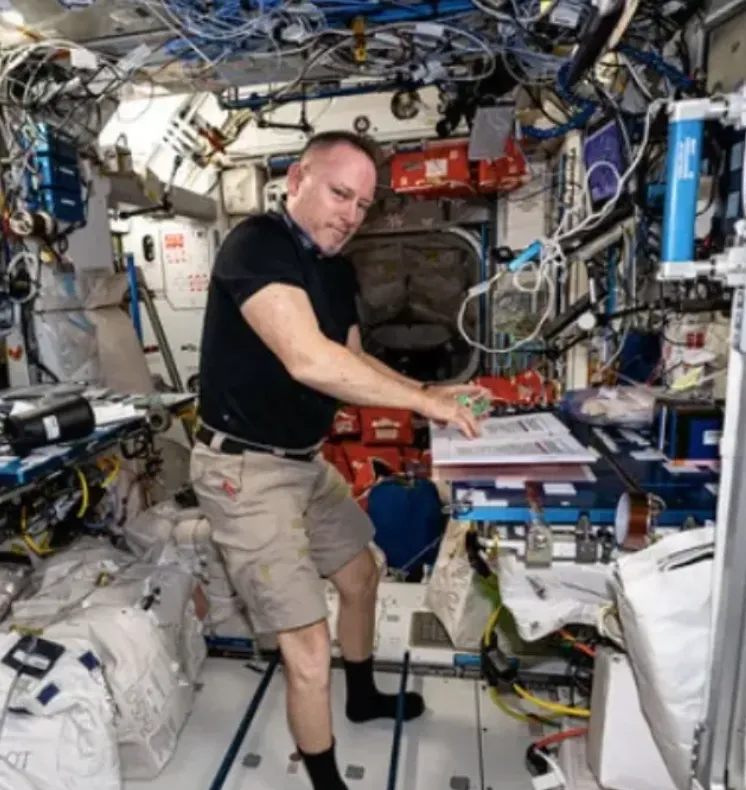
Credit: (Instagram/ @barry_wilmore23)
Bone density deterioration stands as the main medical issue astronauts need to manage.
Space exploration results in skeletal system deterioration which increases the chances of fractures during gravitational shifts between space and Earth.
Astronauts require about two years of effort to recover their lost bone density after spending time in a long-duration mission.
The recovery process of astronauts includes mandatory strength exercise programs and physical therapy sessions.
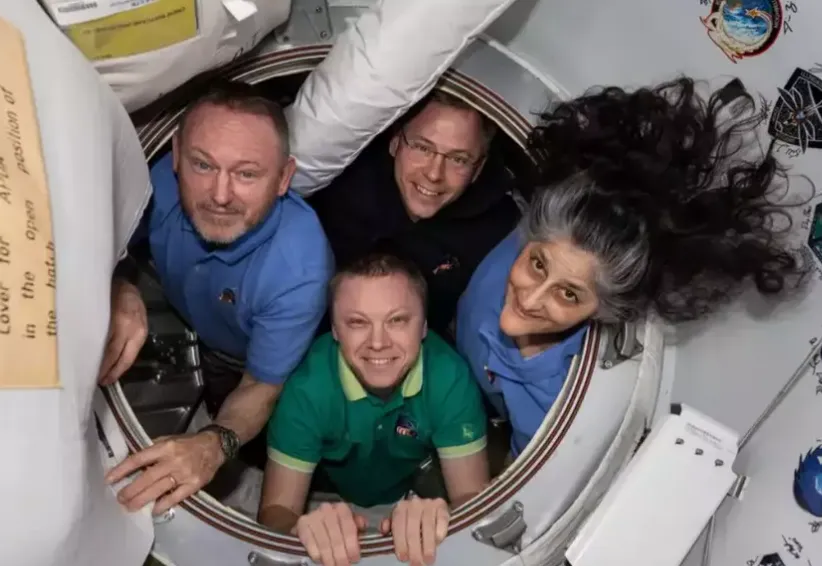
Physical changes emerge throughout the body due to fluid-related movements during space missions.
The human body shows facial swelling and elevated skull pressure because of fluid movements toward head areas.
The movement of fluids due to the change influences vision resulting in short-term or long-lasting eyesight complications.
A few astronauts indicate they continue to face reading and focusing difficulties for many weeks after completing their mission.

The act of atmospheric re-entry causes additional physical strain on astronauts. Because of the gravitational forces that push against them four times harder than earth gravity astronauts find normal movement a challenging effort.
Former astronaut Chris Hadfield described the sensation as feeling “crushed” by an invisible force. According to his journal notes simple arm movements require significant effort during this experience.
Walking becomes strange to the body during initial attempts according to Hadfield. “I could run after a week, but I felt like I was a badly built puppet,” he recalled.
People who have spent time in space normally need seven days to restore their balance abilities and motor skills.
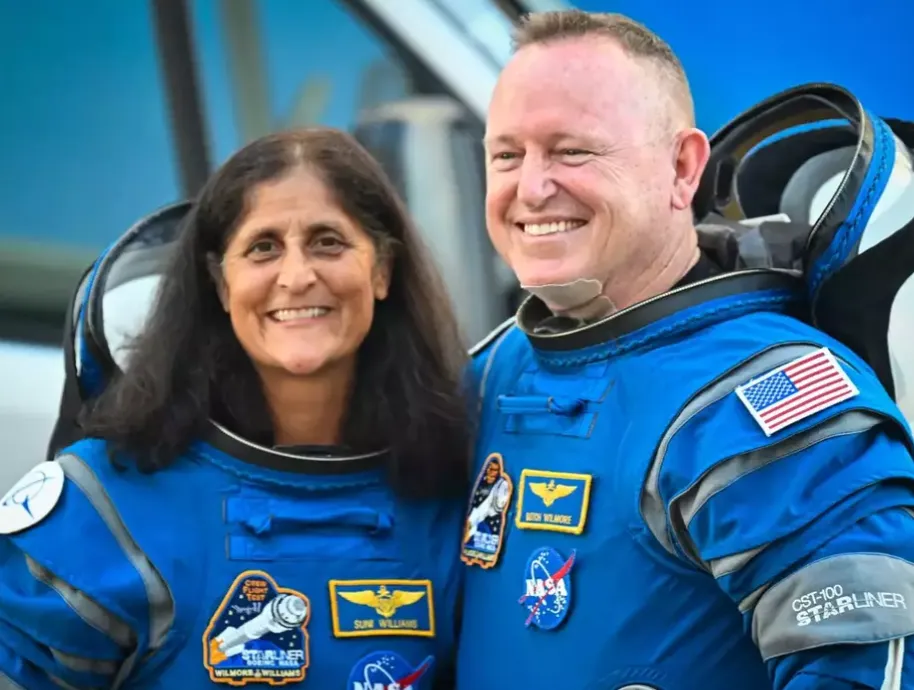
Based on astronaut experience it takes from four weeks up to a month for an individual to regain their comfort with car driving.
Medical supervision along with continuous strength training helps astronauts recover their bones and muscles although this recovery process takes a lengthy amount of time. Space explorers must participate in controlled therapy programs to reduce the time needed for their body to adjust after spaceflight.
Together with specialized training Wilmore and Williams possess the capability to manage the difficult entry process.
Medical staff will continuously observe while astronauts receive physical therapy and go through their training protocol.
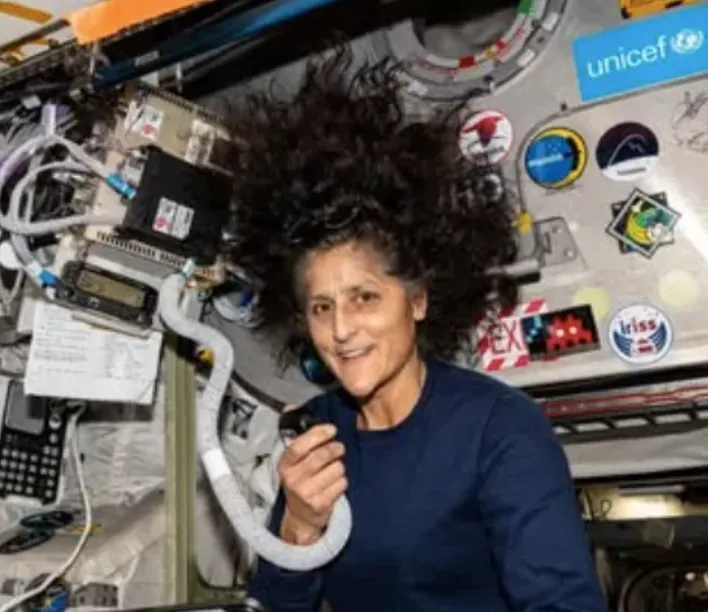
Credit: (Instagram/ @astronaut.sunitalynwilliams.fc)
Research scientists will gain decisive information about human body adjustments to extended space exploration from their return.
NASA requires this essential information for future missions because they plan to maintain prolonged lunar missions and future Mars exploration.
The upcoming sea landing near Florida signifies another achievement in assessing direct effects resulting from space exploration as Wilmore and Williams conduct their return to Earth.
All of their endurance exposes both the physical and psychological aspects of being an astronaut.
Feature Image Credit: (Instagram//@iss) (NASA) (Instagram/ @barry_wilmore23) (Instagram/ @astronaut.sunitalynwilliams.fc) and (Instagram/colchrishadfield)
